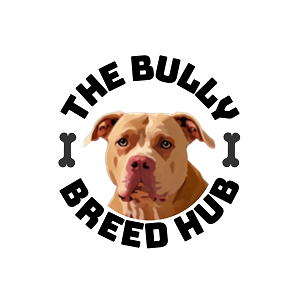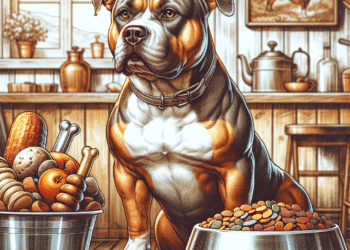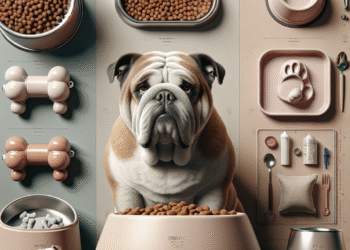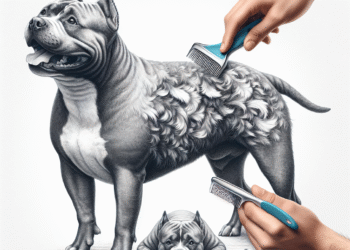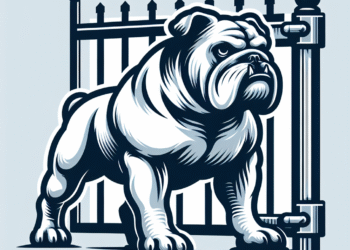When it comes to keeping our furry companions healthy, understanding their nutritional needs is paramount. Bully breeds, known for their muscular builds and energetic nature, require a well-balanced diet tailored to their specific caloric needs. This guide will help pet owners decipher how many calories their bully breed needs daily and how to create an optimal diet plan.
Understanding Bully Breeds
Bully breeds encompass a variety of dog types, including the American Pit Bull Terrier, American Bulldog, and several others. These breeds typically have muscular physiques and moderate to high energy levels, necessitating a careful approach to their dietary needs. Proper nutrition not only supports their vitality but also plays a crucial role in their overall well-being.
Determining Daily Caloric Needs
The daily caloric requirement for a dog depends on several factors, including weight, age, activity level, and overall health. The general formula for calculating daily caloric needs in dogs is:
Resting Energy Requirements (RER) = 70 × (Body Weight in kg)^0.75
Once you calculate RER, you can determine the Total Daily Energy Expenditure (TDEE) by multiplying RER by an activity factor, which may vary as follows:
- Inactive/Obese dogs: RER × 1.2
- Neutered adults: RER × 1.6
- Active adults: RER × 1.8
- Puppies: RER × 2 to 3 (depending on growth stage)
Example Calculation
Suppose you have a 30 kg (66 lbs) dog:
-
Calculate RER:
- RER = 70 × (30 kg)^0.75 ≈ 70 × 13.15 ≈ 921 calories.
- Determine Activity Level:
- If your dog is moderately active, you might multiply RER by 1.6.
- TDEE = 921 × 1.6 ≈ 1,474 calories.
So, this bully breed would require approximately 1,474 calories per day.
Components of a Balanced Diet
1. Protein
Bully breeds require high-quality protein sources, as protein is essential for muscle maintenance and repair. Look for ingredients like chicken, beef, lamb, or fish in dog food. A typical diet should have 20-30% protein.
2. Fats
Healthy fats are crucial for energy and overall health. Omega-3 and Omega-6 fatty acids support skin health and coat shine. A balanced diet should include around 8-15% fat content.
3. Carbohydrates
While dogs don’t primarily require carbohydrates, they can benefit from them as a source of energy. Aim for complex carbohydrates like brown rice, sweet potatoes, and oats rather than fillers like corn or wheat.
4. Vitamins and Minerals
Essential vitamins and minerals support overall health. Ensure the diet includes a variety of fruits and vegetables, like carrots, blueberries, and spinach, rich in vitamins and nutrients.
Specialty Diets for Bully Breeds
1. Weight Management Diets
Bully breeds can be prone to obesity; thus, a weight management diet may be necessary. These diets are typically lower in calories and higher in fiber to promote satiety without excessive calories.
2. Allergy-Friendly Diets
Some bully breeds are prone to food allergies. A novel protein or grain-free diet can help manage these conditions. Consult your veterinarian for specialized dietary recommendations if you suspect allergies.
Feeding Guidelines
- Measure Portions: Always measure your dog’s food to avoid overfeeding. Use a measuring cup or scale.
- Consistency: Stick to a feeding schedule. Most adult dogs thrive on two meals per day.
- Hydration: Ensure your dog has constant access to fresh water, especially if they are on a dry food diet.
Regular Monitoring
Regularly monitor your dog’s weight and adjust their diet accordingly. If your bully breed is gaining or losing weight, consult your veterinarian to reassess their dietary requirements.
Conclusion
Understanding the daily caloric requirements and nutritional needs of bully breeds is essential for keeping them healthy. By tailoring their diet to fit their specific needs, you can ensure your beloved companion maintains optimal health, energy, and vitality. Engaging with a veterinarian for tailored dietary advice will also promote long-term well-being in your pup. Remember, a well-fed dog is a happy dog!
